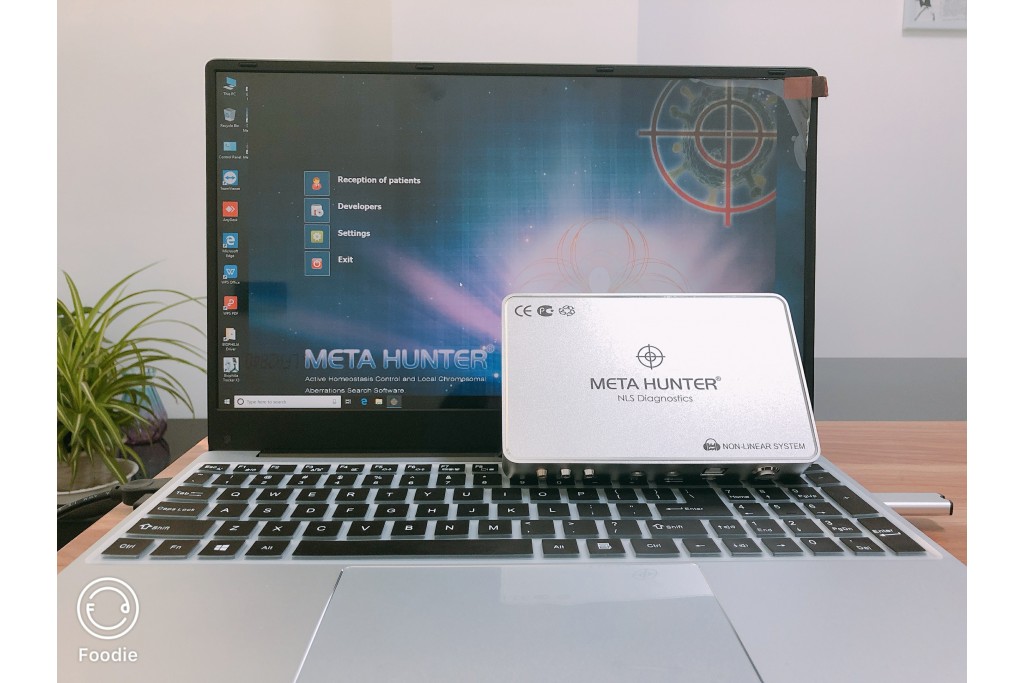Using Meta Hunter Scanning in Modern Diagnosis of Pancreatic Diseases
- Wendy
- May 05, 2023
- 2270
- 0
- 0
An NLS approach to modern pancreatic disease diagnosis using the Meta Hunter scanner. Based on analytical study data of more than 300 patients T.G. Kuznetsova et al. It was concluded that the NLS study achieved a response level and specificity of 92.6% in the diagnosis of pancreatic cancer - 98.8% in 3D. Comparing the information levels of 3D NLS and CT showed that NLS-research had a response level of 89.7% and a specificity of 98.0% for the diagnosis of pancreatic head cancer, compared with a response level of 85.7% and a specificity of 87.1% for CT. Modern methods of NLS scanning - ultramicroscopic scanning, spectral entropy analysis, 3D reconstruction of organs - allow the collection of additional information on tumor architecture, extent of post-pancreatic vessels and involvement of lymph nodes in pathological processes, which is useful for planning surgical interventions. NLS with ultrascanning and SEA was 89 – 98% accurate in detecting tumor invasion in pancreatic cancer.
Modern methods of NLS scanning - ultramicroscopic scanning, spectral entropy analysis, 3D reconstruction of organs - allow the collection of additional information on tumor architecture, extent of post-pancreatic vessels and involvement of lymph nodes in pathological processes, which is useful for planning surgical interventions. NLS with ultrascanning and SEA was 89 – 98% accurate in detecting tumor invasion in pancreatic cancer.
A comparative analysis of plain NLS data and ultramicroscopy scans with SEA data demonstrates the undoubted advantages of the new technique in representation of pancreatic structures. Using ultrascanning, we managed to define the boundaries of tumor infiltration and visualize the solid and cystic components of the mass occupying the pancreatic parenchyma. We should emphasize the high informative value of new techniques in revealing cystic structures. This diagnosis becomes very easy and comfortable for the therapist thanks to a proper study of the liquid composition. Another important advantage of the new NLS technique is the visualization of affected post- and intra-pancreatic vessels. Scanning in NLS-ultramicroangiography mode can obtain precise information on the microvascularization status of the pancreatic parenchyma. The application of 3D reconstruction can obtain accurate spatial images of vessels, including vessel images in placeholders. In the application of SEA, the differential diagnosis of pancreatic cancer and pseudotumor pancreatitis is very reliable. Promising applications of new NLS techniques We involve simultaneous acquisition of multidimensional images of glandular parenchyma and vessels. Virtual programs help to transfer high-quality 3D pictures at any scale with the required look-ahead.
Thus, the calculated Meta Hunter technique conceptually provides new diagnostic information about patients with pancreatic masses. The obtained results established the NLS approach as the "gold standard" for pancreas seeking kidney as a competitor of CT.

